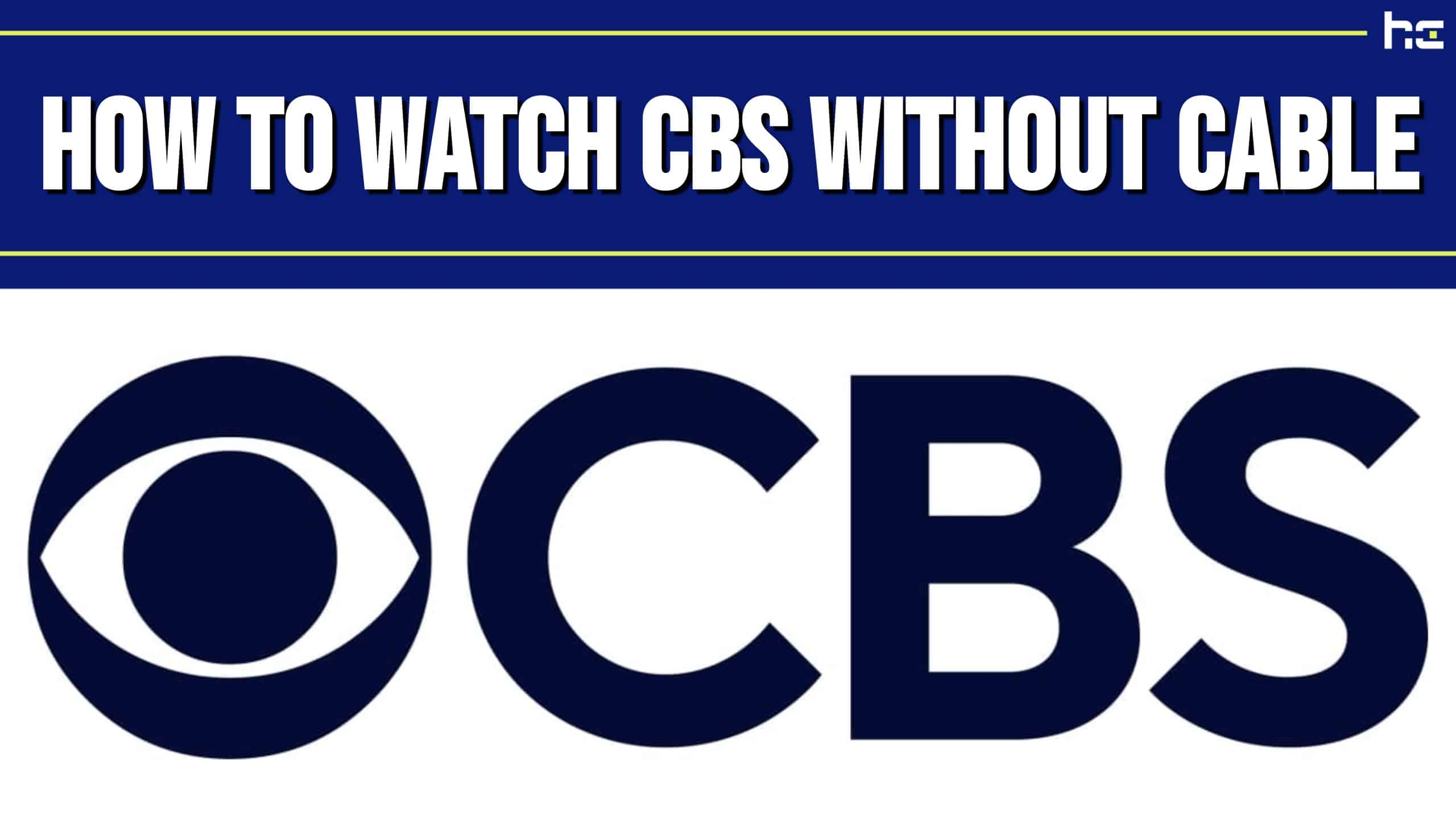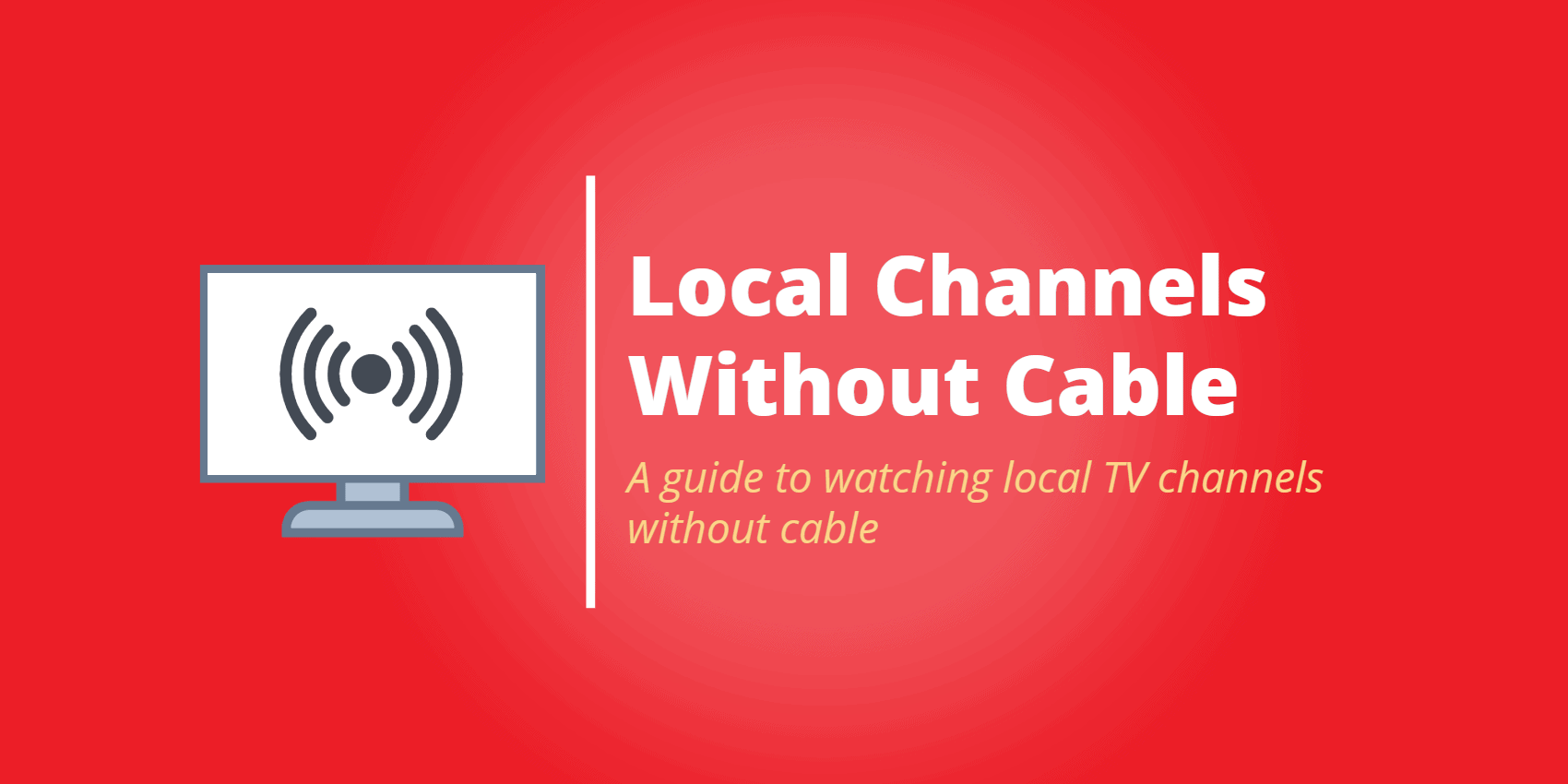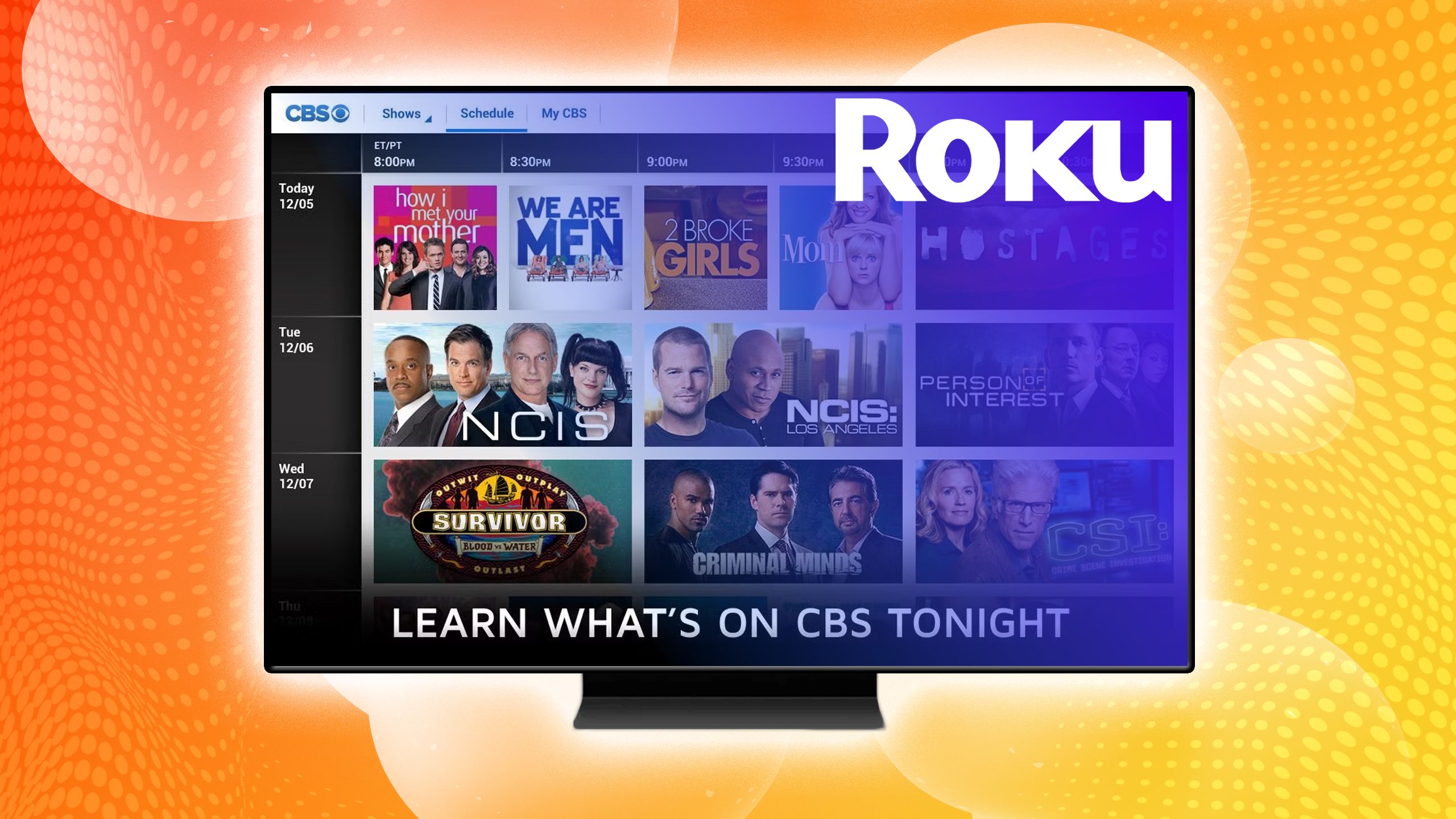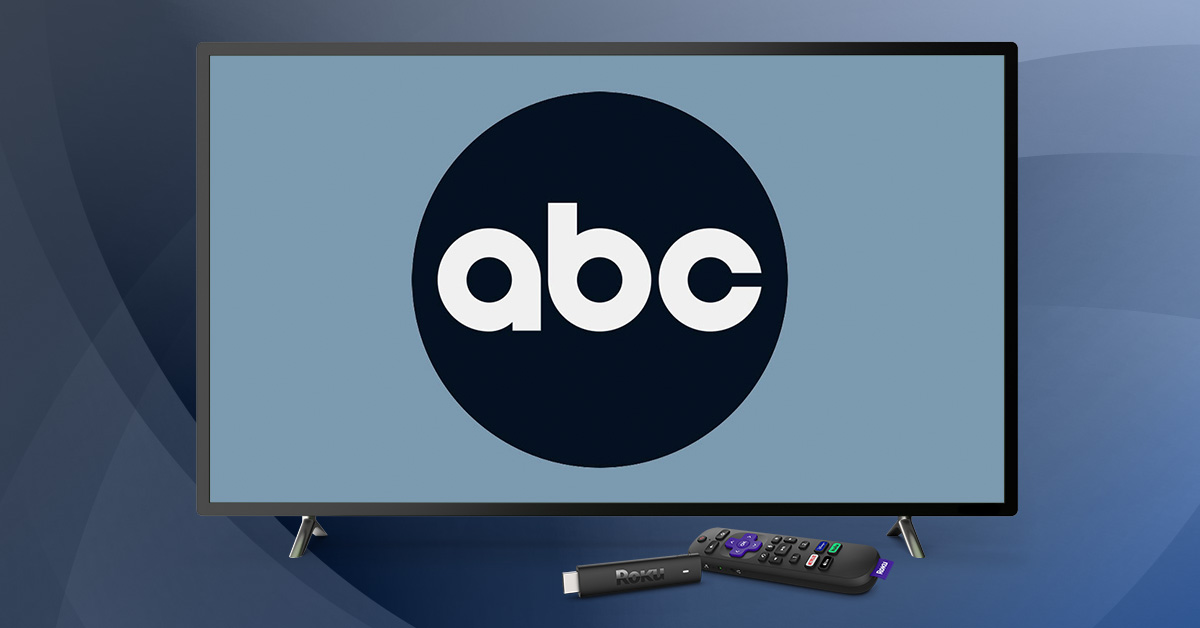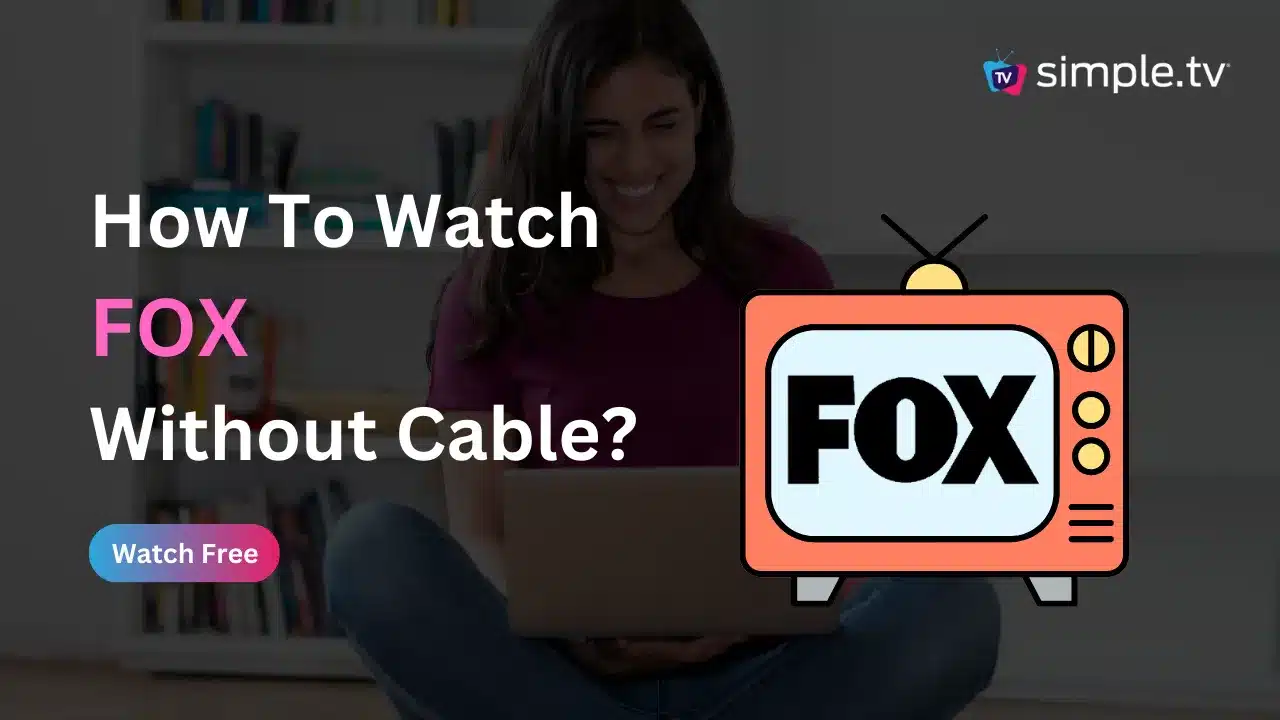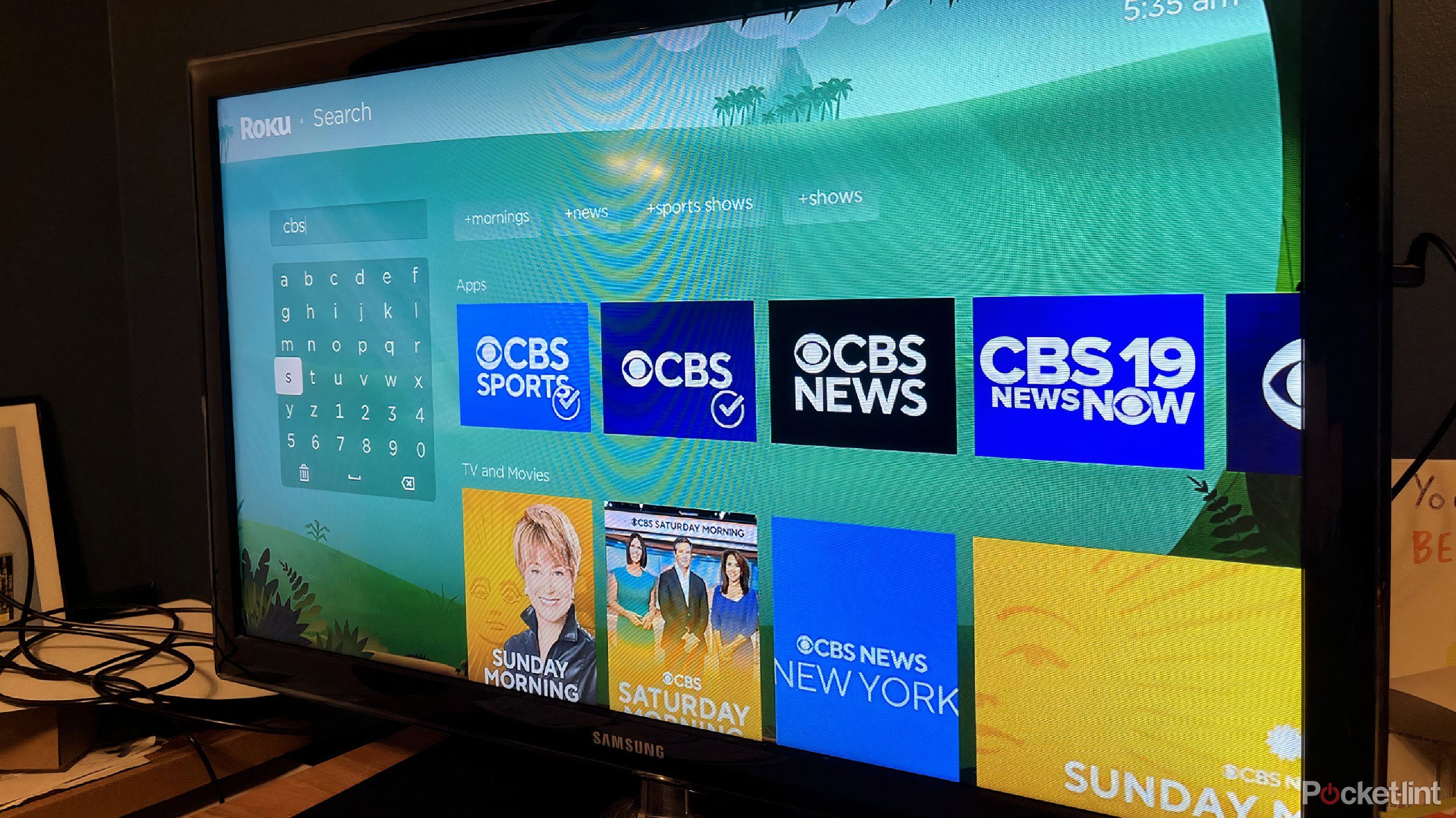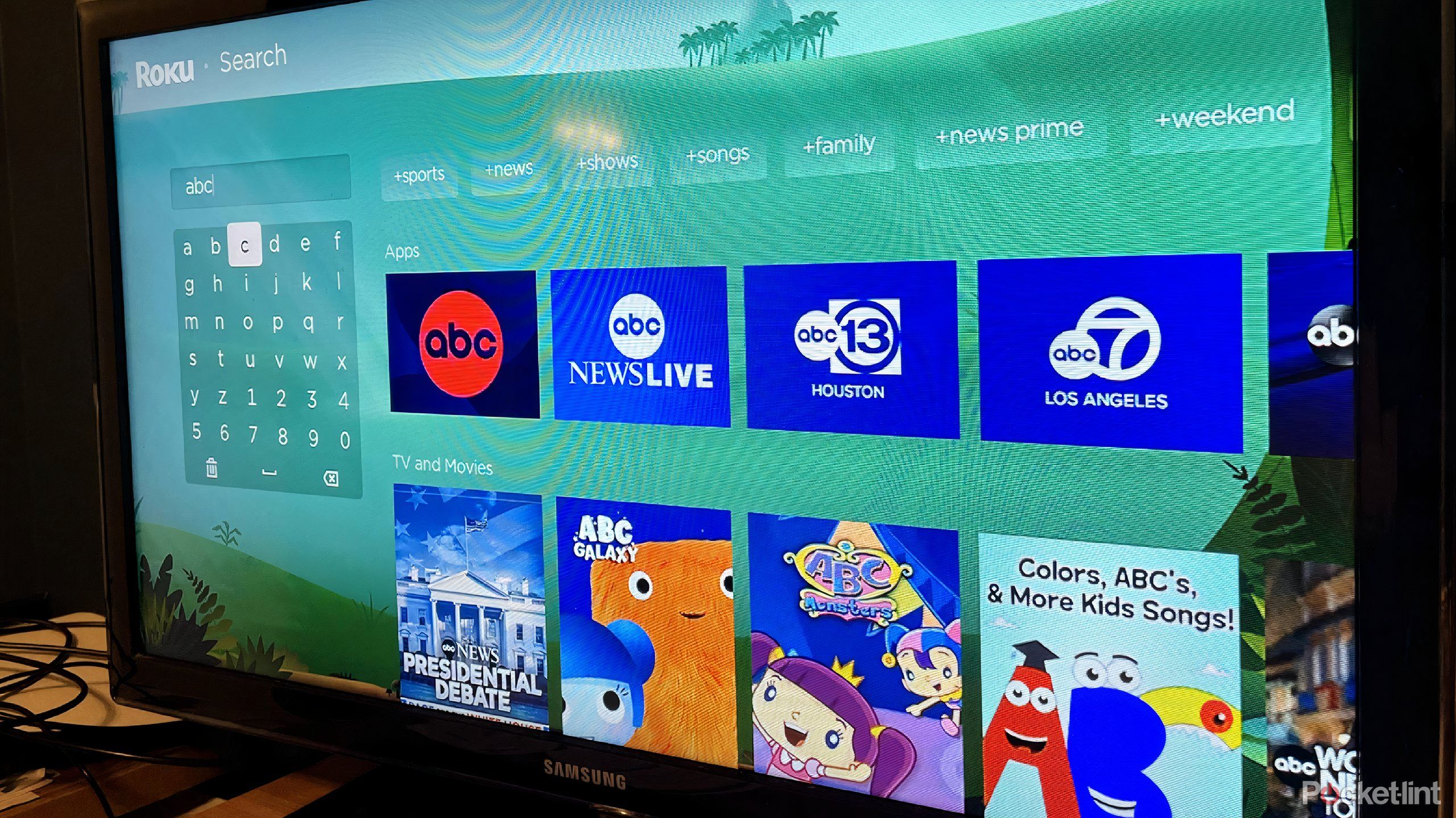How To Get Abc Nbc Cbs Fox Without Cable

The cord-cutting revolution is in full swing, leaving millions to navigate the ever-expanding landscape of streaming services and over-the-air options. The question on everyone's mind: how do you ditch expensive cable packages while still enjoying live local channels like ABC, NBC, CBS, and Fox? The answer is multifaceted, involving a blend of technology, strategic planning, and understanding the nuances of the modern television landscape.
This article dissects the various methods for accessing these essential broadcast networks without a traditional cable subscription. We'll explore the pros and cons of each approach, empowering you to make an informed decision that aligns with your viewing habits and budget. Ultimately, the goal is to equip readers with the knowledge to sever ties with cable without sacrificing access to the news, sports, and entertainment they crave.
Over-the-Air Antennas: The Classic Solution Reimagined
The most straightforward and cost-effective method remains the trusty over-the-air (OTA) antenna. Modern antennas are a far cry from the rabbit ears of yesteryear, offering improved reception and sleek designs. Coupled with a digital tuner, a quality OTA antenna can pull in local channels like ABC, NBC, CBS, and Fox in high definition, completely free of charge after the initial investment.
The effectiveness of an OTA antenna hinges on proximity to broadcast towers and potential obstructions. According to the Federal Communications Commission (FCC), most populated areas receive strong signals from major networks. However, those living in rural areas or behind geographic barriers may require a more powerful antenna or professional installation.
Factors to Consider When Choosing an OTA Antenna
Selecting the right antenna requires careful consideration of several factors. Distance from broadcast towers is a primary determinant, influencing whether a simple indoor antenna will suffice or a more robust outdoor model is needed. Directional antennas, which focus on signals from a specific direction, offer better reception in areas with weak or scattered signals, but they need to be pointed accurately.
Omnidirectional antennas, on the other hand, receive signals from all directions, making them ideal for areas with multiple broadcast towers. TV Fool and AntennaWeb are valuable online resources that provide detailed signal strength maps based on your specific address. These tools help determine the channels available and the appropriate antenna type for your location.
Live TV Streaming Services: The Cable Alternative
For those seeking a cable-like experience without the physical infrastructure, live TV streaming services offer a compelling alternative. These services, such as YouTube TV, Hulu + Live TV, Sling TV, and FuboTV, stream live channels over the internet for a monthly fee. Most include ABC, NBC, CBS, and Fox in their channel lineups, depending on your location.
The cost of these services typically ranges from $65 to $75 per month, making them a more affordable option than most traditional cable packages. They also offer features like cloud DVR storage, allowing you to record your favorite shows and watch them later. However, channel availability varies by market, so it's crucial to verify that the desired local channels are included in your area before subscribing.
Weighing the Pros and Cons of Live TV Streaming
Live TV streaming services offer convenience and flexibility, but they also have their drawbacks. One potential downside is reliance on a stable internet connection; buffering or interruptions can disrupt the viewing experience. Furthermore, pricing structures and channel lineups can change, so it's important to stay informed about any updates or adjustments.
Comparing the offerings of different services is essential to finding the best fit. YouTube TV is often lauded for its unlimited DVR storage, while Hulu + Live TV bundles live channels with Hulu's on-demand library. Sling TV offers a more budget-friendly option with customizable channel packages, though local channel availability may be limited.
Combining OTA and Streaming: The Hybrid Approach
A savvy strategy for cord-cutters is to combine an OTA antenna with a streaming service. This hybrid approach leverages the strengths of both methods, providing access to free local channels and a curated selection of on-demand content. For instance, an antenna can cover ABC, NBC, CBS, and Fox, while a streaming service like Netflix or Disney+ fills in the gaps with movies and original series.
Some devices, such as the Amazon Fire TV Recast and Tablo, integrate OTA antenna reception with streaming capabilities. These devices allow you to record OTA channels, stream them to multiple devices, and seamlessly switch between live TV and streaming apps. This integrated experience offers a streamlined and cost-effective way to enjoy a wide range of content.
The Future of Local Television: Adapting to the Digital Age
The way we access local television is constantly evolving. Broadcast networks are increasingly embracing streaming platforms, offering their content through dedicated apps and services. Paramount+, for example, provides access to live CBS programming and on-demand content. Similarly, Peacock features select NBC shows and live sports events.
As technology advances, we can expect to see even more innovative ways to access local channels without cable. The key is to stay informed about the latest developments and adapt your viewing strategy accordingly. By exploring the options outlined above, anyone can cut the cord and enjoy their favorite broadcast networks without breaking the bank.

